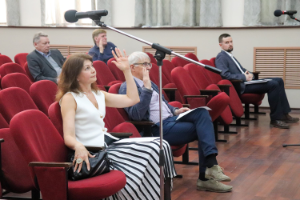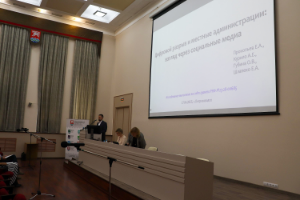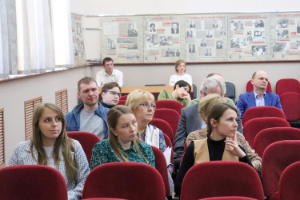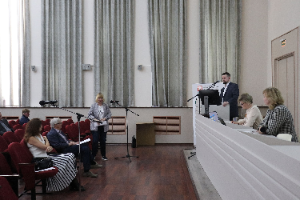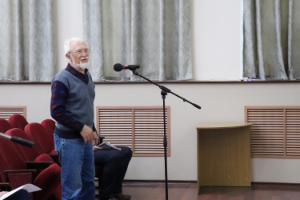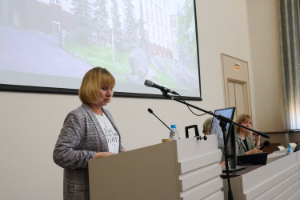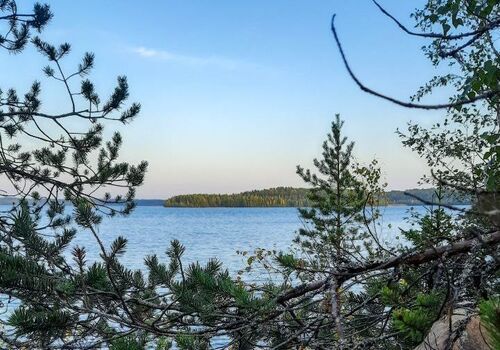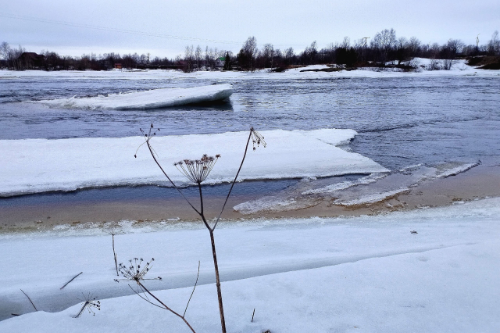According to Egor Prokopyev, the main goal of the entire digital transformation of socio-economic processes in Russia and worldwide is to ensure equal opportunities for citizens regardless of where they live. However, the rate of the digitalization processes varies across the country.
– There emerges what is called the “digital divide”. It appears as inequalities at three tiers: in access to the Internet and ICT; in users' digital competencies and digital literacy; and in the form of social advantages that users gain from competent and full-fledged use of digital technologies in their professional and private life, – the scientist remarked.
Social media can serve as a tool for studying the digital divide. Within the project, specialists of the Institute of Economics KarRC RAS studied a range of indicators for almost all official VKontakte groups of districts, cities and rural settlements of Northwest Russia, excluding St. Petersburg, from 2011 to 2023. The data were analyzed using sociological and cartographic methods and mathematical statistics approaches.
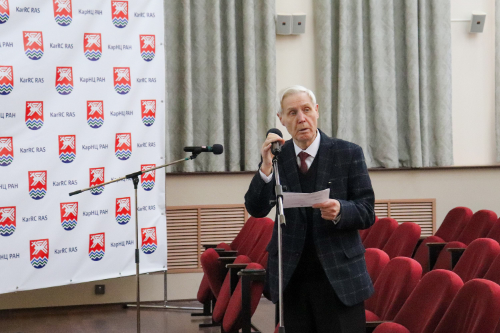
Discussion of the presentation. Corresponding Academician Alexander Titov commenting
The scientists have revised and applied the user engagement index. As a result, the impact of the socio-economic parameters of municipalities and personal characteristics of their heads on the activity of public-authority pages on social media was assessed for the first time based on Russian data. The economists proved that the level of engagement in groups of both municipal districts and settlements is influenced by the population size and by how long the public page has existed. In addition, factors of influence for districts were distance to the regional center and average salaries.
One of the project outputs is an analytical note for authorities, in which it is stressed, in particular, that the current standard of 3% weekly engagement rate seems to be excessive. Researchers have worked out a methodology for assessing the digital divide, which helps to determine municipal officers' performance on social-media publics for reference groups of municipalities. More details can be found in our earlier post and in the academic article on the subject.
The project results can be used for decision-making by regional and municipal authorities. They will help to adjust the existing requirements for the posting activity of municipal public authority pages, to evaluate their performance more objectively and ultimately to improve communication between municipal administrations and citizens on social media.
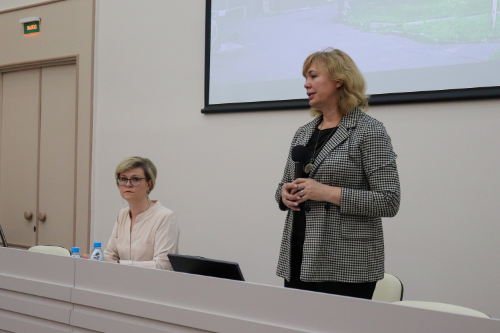
KarRC RAS Director General Olga Bakhmet announced major events coming on April 24–25
Egor Prokopyev's presentation sparked a lively discussion among the participants of the meeting.
– This very interesting study in an emerging research area was conducted meeting high standards and in an interdisciplinary manner. Its results are especially important for the elementary level: the output information is extremely useful for municipalities to develop their outreach capabilities. And we welcome the fact that a group of young scientists at the Karelian Research Center has decided to address these issues, – summed up KarRC RAS Director General, Corr. Academician Olga Bakhmet.
Concluding the session, Director advertised the conference “Environmental Problems of Arctic Territories” with participation of Russia’s leading scientists and an external session of the RAS Scientific Council for Arctic and Antarctic Studies to be held at KarRC RAS on April 24–25.





